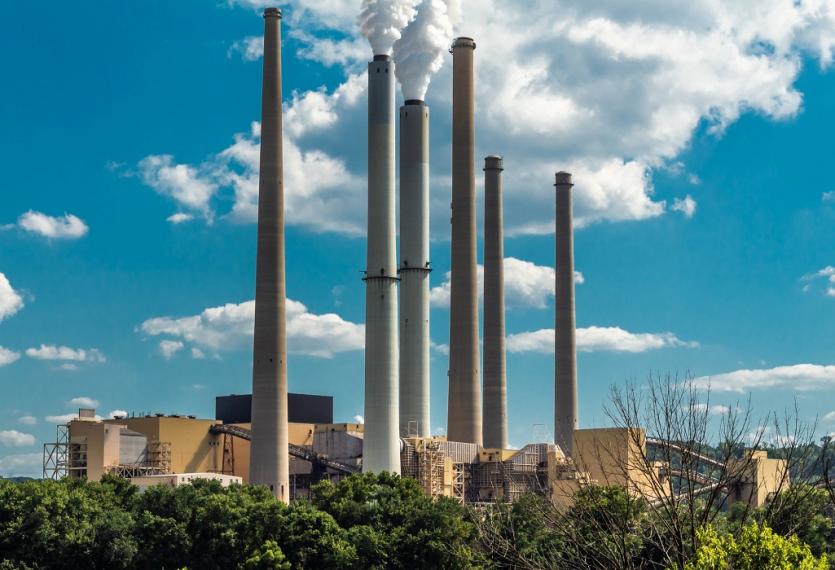Photo:Getty
By Patryk Krych | The World Daily | MARCH 6th 2021
According to a report from Wood Mackenzie, current prices on carbon are far too low for keeping a cap on the global temperature rise by no more than 1.5 degrees Celsius, by the time we reach the year 2050.
In 2015, the Paris Climate Accords were struck in order to prevent global temperatures from rising above 1.5 degrees Celsius above pre-industrial levels by 2050. This was a necessary action heeded by United Nations climate scientists, who warned that a climate disaster may ensue otherwise. Since then, many countries and companies have joined the accords to do their part, but the current pricing on oil may render these efforts fruitless.
The global energy, chemicals, renewables, metals and mining research and consultancy group Wood Mackenzie said on Thursday that if such a goal is to be successfully accomplished, a far higher carbon pricing will be necessary.
“To be on a 1.5-degree pathway, carbon support prices will need to reach $160 per tonne of carbon dioxide by 2030,” said Prakash Sharma, Wood Mackenzie’s Asia Pacific head of markets and transitions.
At the present moment, global temperatures are standing at 1.2 degrees Celsius above pre-industrial levels. Even so much as a single degree rise in the global temperature may lead to some foreseeable and harmful effects.
In order to curb the centuries worth of harmful emissions released over the past few hundred years, countries had pledged to start cutting their individual emissions and setting their own net-zero targets. A primary way to reach their goals was through something called carbon pricing. What the tactic of carbon pricing essentially does is impose a tax on annual carbon dioxide emissions.
According to Sharma, the global average of carbon pricing costs at the end of the last year had been no more than a far too forgivable £16 ($22) per tonne of carbon dioxide. The recent report suggests, however, that such a pricing may not be enough and will need to be far pricier to really make a worldwide difference.
In Europe, the cost of pricing permits has significantly climbed over the years in a frenzied effort among policymakers to commit to the environmental climate endeavour. Oil and gas industry leaders had also recently begun to join in the effort, though with notable reluctance.






